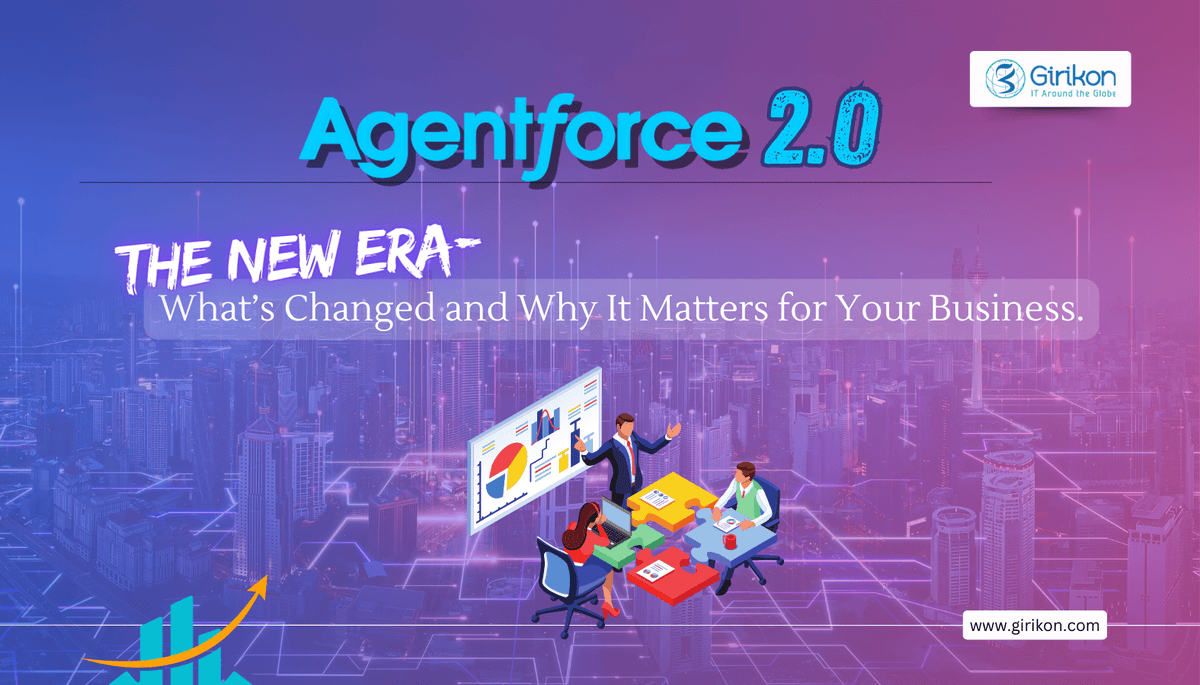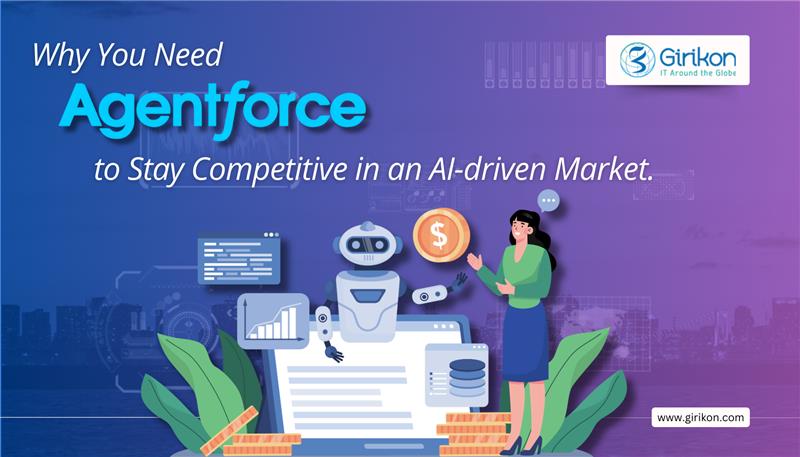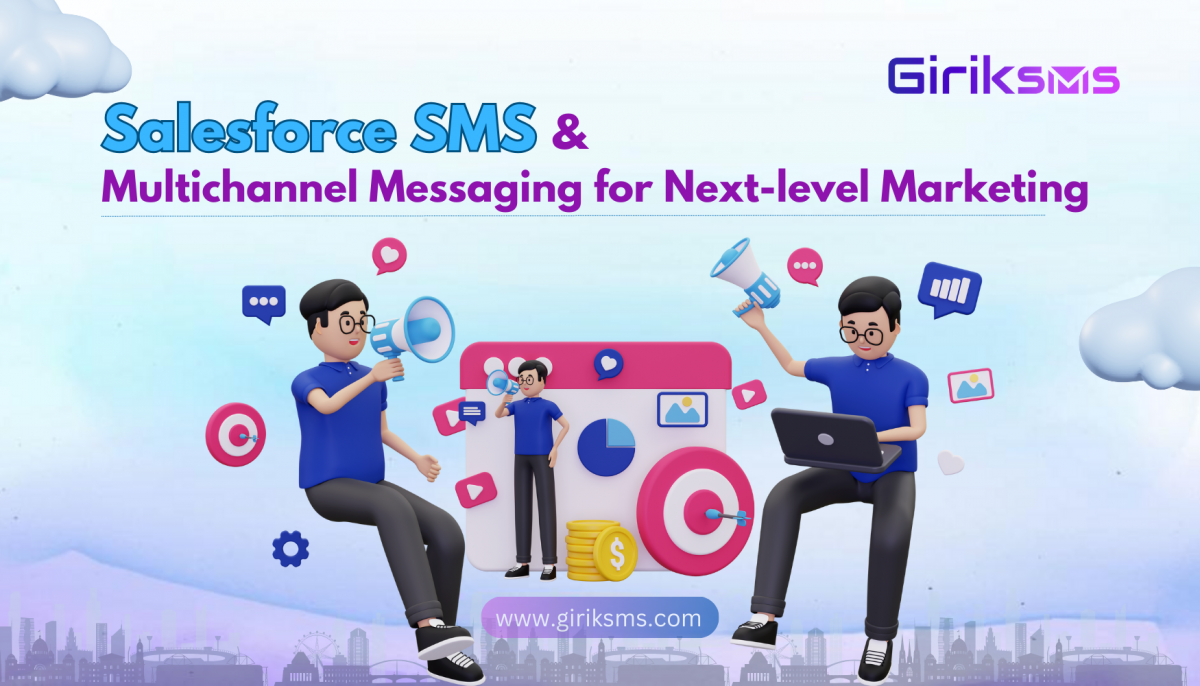Our Blogs
PyTorch is an open source ML library used for developing and training deep learning models. The primary contributor to PyTorch is Facebook’s AI research group. PyTorch can be used with Python and C++. As one would expect, the Python interface is more sophisticated. PyTorch, backed by Facebook and supported by Amazon, Microsoft and Salesforce, is quite popular amongst developers and researchers.
Unlike other more popular neural network based deep learning frameworks such as TensorFlow, which use static computation graphs, PyTorch uses dynamic computation, which allows for greater flexibility when one wants to build complex architectures. PyTorch works very well with Python, and uses its core concepts like classes, structures and loops, and is therefore more intuitive to understand. When compared with TensorFlow, which has its own programming style, PyTorch is simpler to work with.

Why do we need PyTorch?
The PyTorch framework can be viewed as the future of deep learning. There are many deep learning frameworks accessible to developers today, with the more preferred frameworks being TensorFlow and PyTorch. PyTorch however offers more flexibility and computing power. For machine learning and AI developers, PyTorch is easier to learn and work with.
Here are some advantages of PyTorch:
1. Easy to Learn
PyTorch has the same structure as traditional programming which makes it more accessible to developers and enthusiasts. It has been documented very well and the developer community is continuously improving the documentation and support. Thereby making it easy to learn for programmers and non-programmers alike.
2. Developer Productivity
It works seamlessly with python, and with many powerful APIs can be easily deployed on Windows or Linux. Most of the tasks in PyTorch can be automated. Which means with just some basic programming skills, developers can easily boost their productivity.
3. Easy to Debug
PyTorch can use debugging tools of python. Since PyTorch creates a computational graph at runtime, developers can use PyCharm, the IDE from Python, for debugging.
4. Data Parallelism
PyTorch can assign computational tasks amongst multiple CPUs or GPUs. This is made possible with its data parallelism feature, which wraps around any module and allows parallel processing.
5. Useful Libraries
PyTorch is supported by a large community of developers and researchers who have built tools and libraries to extend the accessibility of PyTorch. This developer community contributes actively in developing computer vision, reinforcement learning, Natural Language Processing (NLP) for research and production. GPyTorch, BoTorch, and Allen NLP are some of the libraries used by PyTorch. This provides access to a powerful set of APIs that further extends the PyTorch framework.
Benefits of using PyTorch
1. Python-friendly. PyTorch was created keeping Python in mind (that’s why the prefix), as against other deep learning frameworks that were ported over to Python. PyTorch provides a hybrid front end enabling programmers to easily move most of the code from research to prototyping to execution for production.
2. Optimized for GPUs. PyTorch is optimized for GPUs to accelerate training cycles. PyTorch is supported by the largest cloud service providers: AWS currently supports the latest version of PyTorch. AWS includes its Deep Learning AMI (Amazon Machine Image) and is optimized for GPU. Microsoft also has plans to support PyTorch in Azure – their cloud service platform. PyTorch has a built-in feature of data parallelism, that allows developers to leverage multiple GPUs on leading cloud platforms.
3. Plethora of tools and libraries. PyTorch comes with a rich ecosystem of tools and libraries for extending its availability and potential. For instance, Torchvision, PyTorch’s built-in set of tools allows developers to work on large and complex image datasets. The PyTorch community of researchers across academia and industry, programmer and ML developers have created a rich ecosystem that provides tools, models, and libraries to extend PyTorch. The objective of this community is to support programmers, engineers and data scientists to further the application of deep learning with PyTorch.
5 ways in which AI apps can use PyTorch
With PyTorch, engineering teams can create deep learning predictive algorithms from data sets. For instance, developers can leverage historical housing data to predict future housing prices or use a manufacturing unit’s past production data to predict success rates of new parts. Other common uses of PyTorch include:
Image classification: PyTorch can be used to build complex neural network architectures called Convolutional Neural Networks (CNNs). These multilayer CNNs are fed thousands of images of a specific object, say a tree, and much like how our brains works, once the CNN is fed a data set of tree images, it can identify a new image of a tree it has never seen before. This application can be particularly useful in healthcare to detect illnesses or spot patterns, much faster than what the human eye can do. Recently a CNN was used in a study to detect skin cancer.
Handwriting recognition: Human handwriting has its inconsistencies as one moves across people and regions. Handwriting recognition involves interpreting the inconsistencies in human handwriting across people and languages.
Forecast time sequences: Another type of neural network is Recurrent Neural Networks (RNNs). They are designed for sequence modelling and are particularly useful for training an algorithm on past data. It can make predictions based on historical data, allowing it to make decisions based on the past. For instance, an airline operator can forecast the number of passengers it will have 3 months from now, based on the data from previous months.
Text generation: RNNs and PyTorch are also used for text generation. In text generation an AI model can be trained on a specific text to create its own output on its learning (for eg interpretation of poetry).
Style transfer: One of the most exciting and popular applications of PyTorch is a style transfer. It uses a set of deep learning algorithms to manipulate images and use the visual style of that image on another image to create a new set of images, combining the data of one with the style of another. For example, you can use your vacation album images, apply a style transfer app and make it look like a painting by a famous artist. And as you would expect, it can do the reverse as well. Convert paintings to look like contemporary photos.
AI is going to reshape many enterprise functions and how their respective teams work. And one of those areas is CRM. Salesforce, the world’s leading CRM platform is leading the way in embedding trusted AI into all their product offerings. As a Gold Salesforce Partner, Girikon is the preferred choice for many Salesforce customers across the globe. To know more about how AI can work for your business, contact us today.

 +1-480-382-1320
+1-480-382-1320 +44-7428758945
+44-7428758945 +61-1300-332-888
+61-1300-332-888 +91 9811400594
+91 9811400594


















